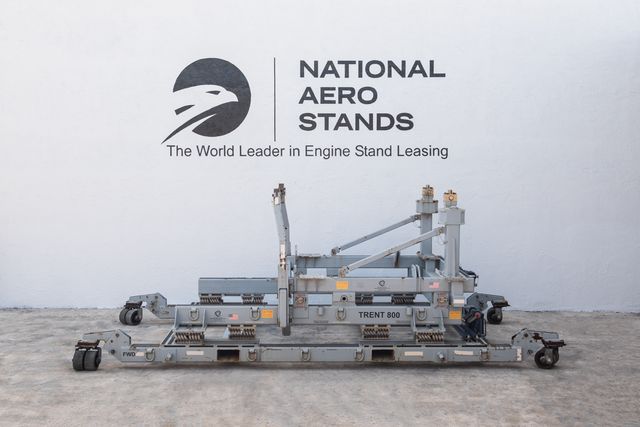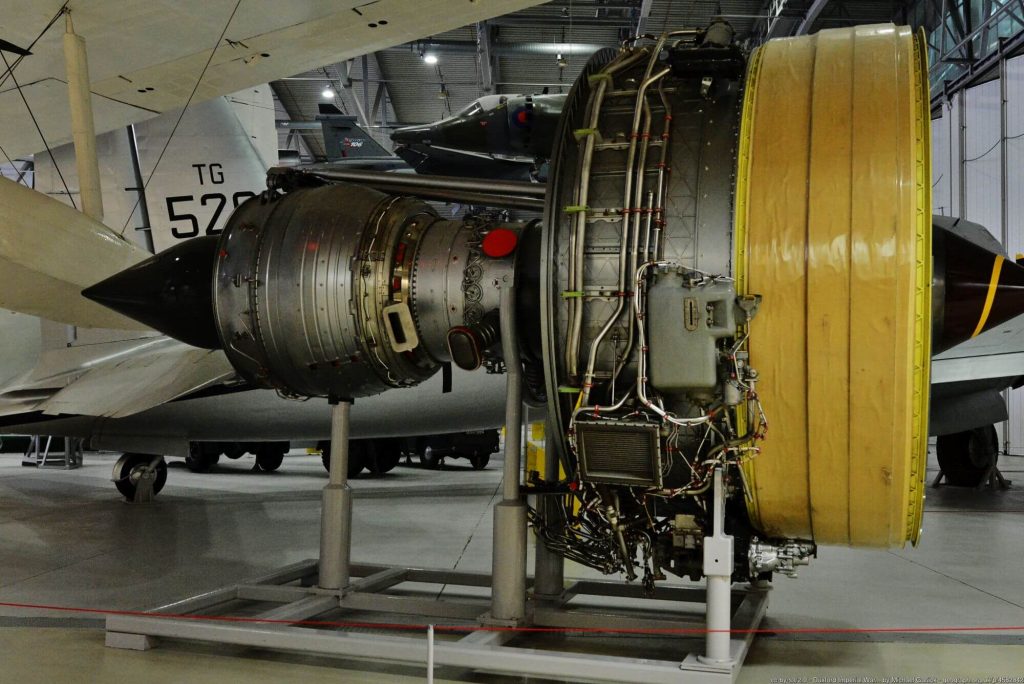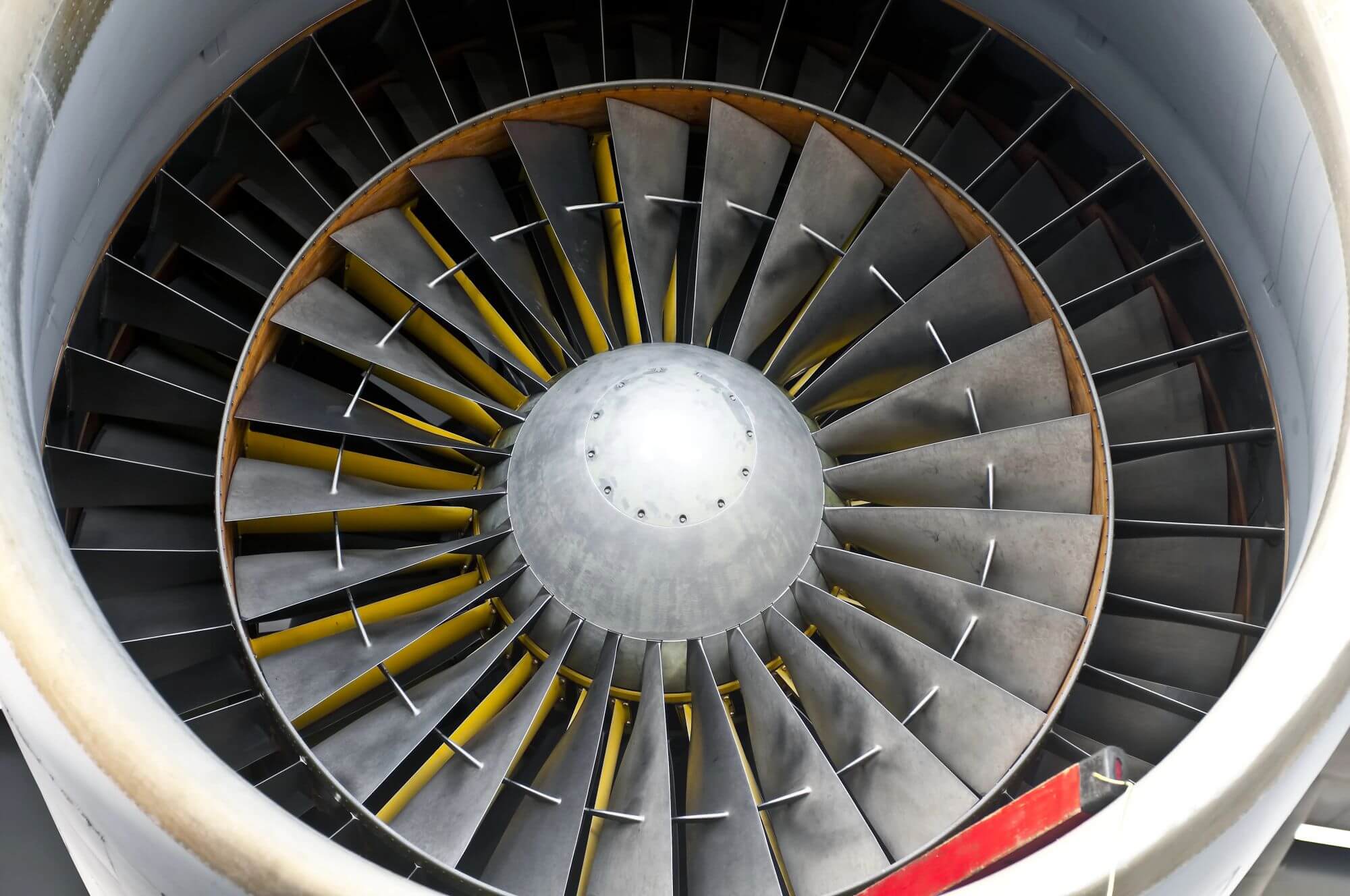Discover the engineering marvel that revolutionized commercial aviation – the Rolls-Royce Trent 800 engine. This comprehensive guide explores how this remarkable high-bypass turbofan engine combines cutting-edge technology with exceptional performance to shape modern air travel.
The Rolls-Royce Trent 800 represents a pinnacle of aeronautical innovation in the commercial aviation industry. This high-bypass turbofan engine, distinguished by its unique three-shaft architecture, delivers exceptional performance for wide-body aircraft. The engine’s sophisticated design achieves optimal efficiency across various operating conditions while addressing crucial modern aviation concerns through:
- Advanced fuel efficiency optimization
- Significant noise reduction capabilities
- Enhanced environmental performance
- Superior reliability for long-haul operations
- Innovative aerodynamic design

Discover the reliable Trent 800 Engine Stand by National Aero Stands, designed for secure transportation and storage of engines.
History and Development of the Trent 800
The Trent 800’s journey began in the early 1990s as Rolls-Royce’s answer to Boeing 777’s power requirements. Certified in January 1995, the engine quickly established itself as an industry leader through continuous innovation and rigorous testing. The development process showcased Rolls-Royce’s commitment to excellence, incorporating extensive research and groundbreaking engineering solutions.
Key Features and Specifications
| Component | Specification | Operating Speed |
|---|---|---|
| Low-pressure (LP) turbine | 5-stage axial | 3,300 rpm |
| Intermediate-pressure (IP) compressor | 8-stage | 7,000 rpm |
| High-pressure (HP) compressor | 6-stage | 10,611 rpm |
Performance and Efficiency of the Trent 800
The engine’s exceptional performance stems from its innovative wide-chord fan blades and three-shaft design. These features enable the Trent 800 to achieve remarkable efficiency gains while maintaining optimal operation across various flight conditions.
Performance Metrics and Capabilities
- Maximum thrust output – up to 95,000 lbf (422 kN)
- Bypass ratio – approximately 6:1
- Adaptable performance across different altitudes
- Advanced thrust management systems
- Consistent efficiency throughout flight envelope
Fuel Efficiency and Environmental Impact
The Trent 800 EP (Enhanced Performance) package, introduced in September 2013, demonstrates remarkable efficiency improvements:
- Annual fuel cost savings of up to $200,000 per aircraft
- Reduced environmental footprint through lower emissions
- Advanced noise-reduction technologies
- Compliance with stringent environmental regulations
- Optimized aerodynamics for better fuel consumption
Technological Innovations in the Trent 800
The engine’s technological prowess is evident in its advanced computational fluid dynamics and sophisticated control systems. The three-shaft architecture, combined with real-time optimization capabilities, ensures peak performance throughout every flight phase, establishing the Trent 800 as a leader in commercial aviation propulsion technology.

cc-by-sa/2.0 – © Michael Garlick – geograph.org.uk/p/4582842
Advanced Engineering and Design
The Trent 800’s engineering excellence is showcased through its sophisticated axial flow, high bypass turbofan design. The engine features a meticulously engineered three-shaft configuration with:
- 5-stage axial low-pressure (LP) turbine operating at 3,300 rpm
- 8-stage intermediate-pressure (IP) compressor running at 7,000 rpm
- 6-stage high-pressure (HP) compressor operating at 10,611 rpm
The engine’s advanced combustion system incorporates a single annular combustor liner with 24 fuel nozzles, enabling precise fuel-air mixing. This sophisticated design delivers dual benefits: enhanced fuel efficiency and reduced emissions, meeting stringent environmental standards while incorporating cutting-edge noise reduction technologies.
Innovative Materials and Manufacturing
Rolls-Royce’s commitment to innovation is evident in the Trent 800’s material composition and manufacturing processes. The engine incorporates lightweight composite materials throughout its structure, optimizing weight reduction while maintaining robust structural integrity. These advanced materials contribute significantly to improved fuel efficiency and extended operational lifespan.
The manufacturing process leverages state-of-the-art techniques, including additive manufacturing for specific components. This advanced approach enables the creation of intricate geometries previously unattainable through conventional methods, resulting in enhanced performance, durability, and maintenance efficiency.
Maintenance and Reliability of the Trent 800
The Trent 800’s exceptional reliability stems from its meticulous engineering, advanced materials, and comprehensive maintenance program. The engine’s innovative design features both fixed and hinged cowls, complemented by a powered door opening system (PDOS) utilizing hydraulic actuators. This configuration streamlines maintenance access and reduces operational downtime.
Maintenance Practices and Procedures
Rolls-Royce has established a comprehensive maintenance framework supported by essential documentation:
- Installation Manual EL 2839
- Operating Instructions F-Trent-777
- Engine Manual E-Trent-2RR
- Maintenance Manual D633W101-RRY
- Time Limits Manual T-Trent-2RR
The maintenance program incorporates advanced diagnostic tools and predictive maintenance techniques, enabling proactive issue identification and resolution while optimizing maintenance schedules and extending operational life.
Reliability and Longevity
The Trent 800’s reliability record is exemplary, achieving a dispatch reliability rate exceeding 99.96% since June 1998. This outstanding performance continues to improve through ongoing refinements and updates to both engine design and maintenance procedures.
Rolls-Royce’s dedication to continuous improvement involves constant analysis of in-service performance data, leading to refined maintenance practices and targeted upgrades. This commitment has established the Trent 800 as an industry benchmark for reliability in commercial aviation.
Applications and Usage of the Trent 800
The Trent 800 excels in commercial aviation, particularly in powering wide-body aircraft with its impressive thrust output exceeding 400kN. Its primary application is as the powerplant for the Boeing 777 series, where its combination of high thrust and fuel efficiency has contributed significantly to the aircraft’s commercial success.

Discover the reliable Trent 800 Engine Stand by National Aero Stands, designed for secure transportation and storage of engines.
Commercial Aviation Applications
The engine’s versatile design enables optimal performance across various flight conditions, making it ideal for diverse route networks. Its exceptional thrust capability, exceeding 300kg, allows airlines to maximize payload capacity and range while maintaining operational efficiency and meeting environmental standards.
Future Prospects and Developments
The Trent 800’s evolution continues as Rolls-Royce maintains substantial investment in its development program. The engine’s future roadmap encompasses several key focus areas:
- Environmental compliance adaptations to meet stricter emissions regulations
- Advanced noise reduction technologies implementation
- Integration of cutting-edge materials for enhanced efficiency
- Exploration of sustainable aviation fuel compatibility
- Development of hybrid-electric system capabilities
The engine’s established success in powering wide-body aircraft positions it strategically for next-generation aircraft applications. Rolls-Royce’s commitment to innovation ensures the Trent 800 remains at the forefront of aviation technology through:
- Implementation of advanced manufacturing techniques
- Enhanced environmental performance optimization
- Integration of smart monitoring systems
- Improved fuel efficiency technologies
- Extended lifecycle management solutions
These ongoing developments reinforce the Trent 800’s competitive position in commercial aviation, ensuring its continued significance in shaping the future of sustainable air travel. The engine’s adaptability to emerging technologies and environmental requirements positions it as a crucial component in the aviation industry’s evolution toward more sustainable operations.

